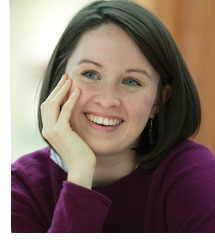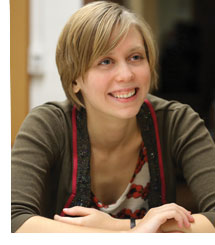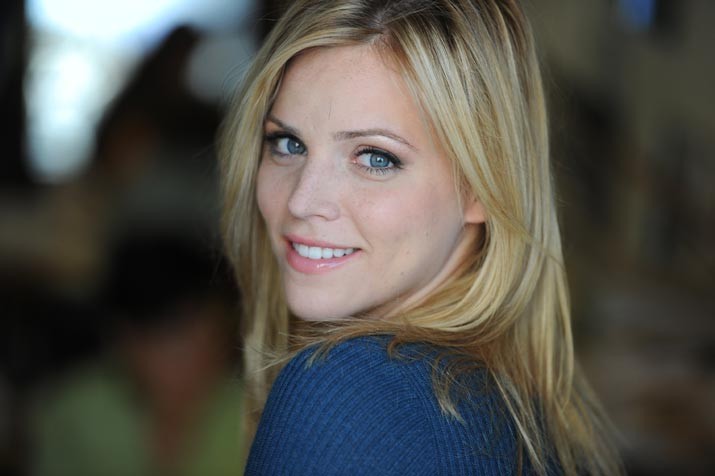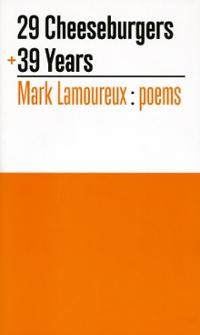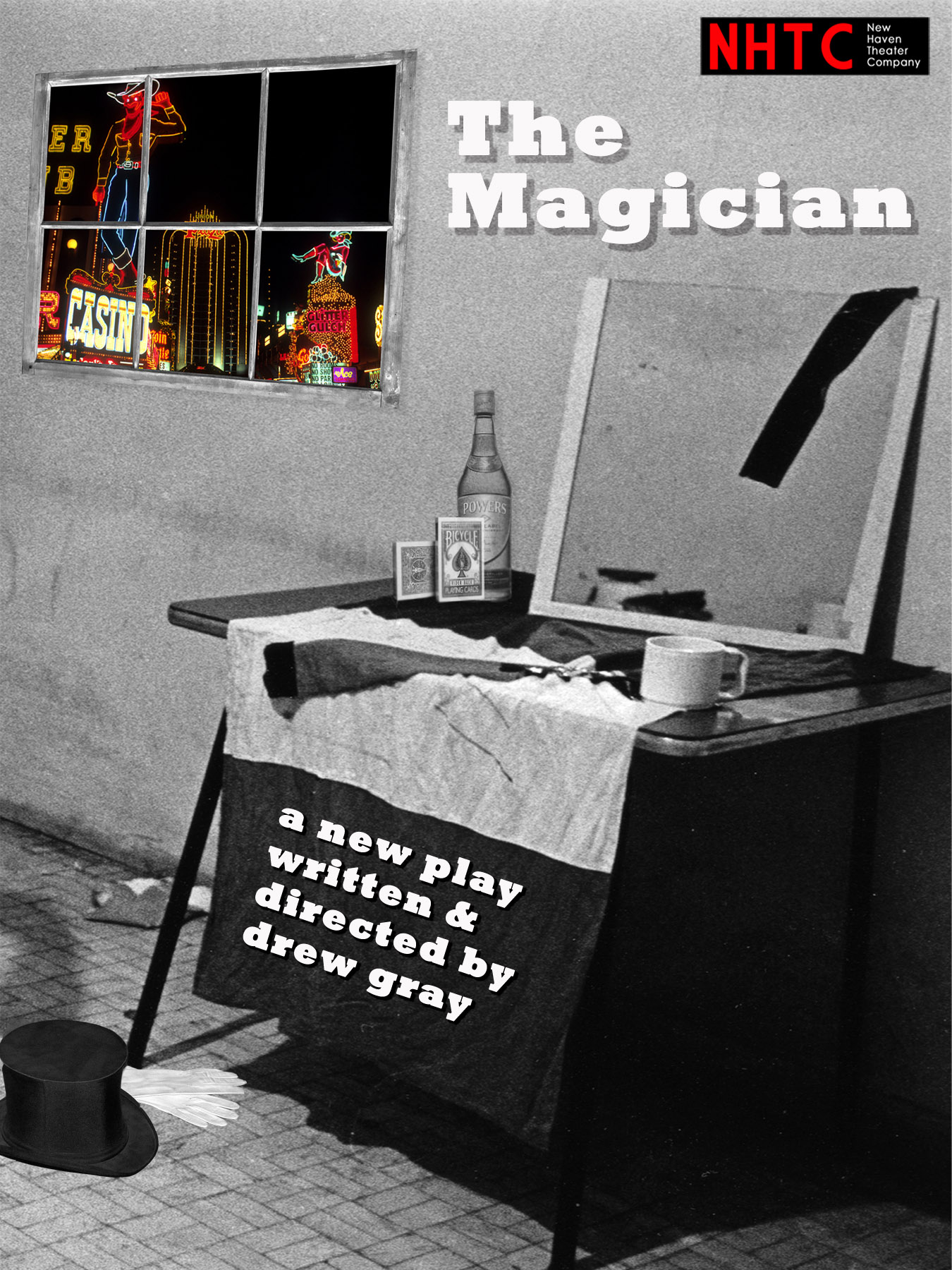As Virginia Woolf knew, a room of one’s own is necessary for a writer, or indeed for any creative endeavor to flourish—say, a studio of one’s own for artists, performers, musicians. The New Haven Theater Company have learned that lesson too. Having a performance space they can count on and call their own—the open area at the back of the English Building Markets on Chapel—has made planning successive shows as a full season much easier and more secure. The troupe of thespians have already used the space for productions of Our Town, Shipwrecked!, Almost, Maine, and The Magician, an original play by NHTC member Drew Gray, and have recently announced three upcoming shows: The Seafarer, by Conor McPherson, Doubt: A Parable, by James Patrick Shanley, and a new Drew Gray play, The Cult. All three shows, interestingly enough, have to do with situations that test beliefs and all three take a metaphysical reality as a given. Tickets for The Seafarer are on sale, and the show will be staged two consecutive weekends in November. A popular play from 2006, The Seafarer is an actor’s show, as are the plays of David Mamet, which NHTC has done well by in the past. Five men play cards in a working-class northern suburb of Dublin, an ordinary occurrence, but what is at stake is extraordinary. NHTC had plans to stage the show earlier, back in their peripatetic days, and have waited for the right time to come back to it. As the show is set on Christmas eve and has occult features, the perfect time of year would seem to be the weeks between Halloween and Christmas.
A five-man play, the production will include most of the male actors who have directed for NHTC in the past. Deena Nicol-Bifford, who played in Almost, Maine, was approached by the guys to direct this time and says she found in the play themes, about fate and destiny, that drew her in. “The more we delved into the stuff, the more we found to work with—like religious iconography, Irish myth and lore.” Working with her fellow NHTC players is always a pleasure, and she quickly saw how the long-term friendships among the troupe aid a play like Seafarer, about kin and friends and drinking buddies who have known each other forever. A serious play with serious themes about the trials of friendship and the need to protect others—even from themselves—the dialogue can be very funny, as all these Irishmen like to put one another on a bit.
Relative newcomer to NHTC Jim Lones (who played in Our Town) plays the eldest among the foursome, Richard Harkin, who has recently gone blind due to a freak accident. His erring brother James “Sharky” (J. Kevin Smith, who played in NHTC productions of Our Town and Speed-the-Plow, and played Tony Roma in Glengarry Glen Ross) returns home to help his brother and finds that Richard likes taking out his frustrations on his younger brother. Also on hand is longtime friend Ivan Curry (Steve Scarpa, recently seen on the Long Wharf stage as a townsperson in Gordon Edelstein's production of Our Town, and who directed NHTC’s Our Town and also played in Almost, Maine and Speed-the-Plow), a kind of generally benign ne’er-do-well who recently lost his glasses and is suffering from myopia, and, arriving in the second act, their friend, the gadabout Nicky Giblin (Peter Chenot, who directed Shipwrecked! and had the main roles in Urinetown and Talk Radio and played Picasso in Picasso at the Lapin Agile), who just happens to have taken up with Sharky’s ex. But that’s not the main plot-point, rather it’s the fellow Nicky has brought along and invited to their card game: a stranger Nicky befriended while on the most recent leg of his drinking binge, a distinguished-looking gent called Mr. Lockhart (George Kulp, who has acted at Long Wharf in Macbeth 1969, directed Speed-the-Plow, and acted in Our Town and Urinetown).
Lockhart and Sharky have a history. Baggage in the form of a wager that took place 25 years ago in Bridewell Prison where Sharky’s winning a card game led to his release and a promise to play Lockhart again. Lockhart is back to make sure Sharky fulfills that promise. So while the others think it’s just a friendly game of cards, we know different.
The whole cast cites the “wonderful writing” as a main attraction of the play, but also feel that it is an “uplifting play, that makes you want to cheer in the end,” as Scarpa says. The cast is well-selected and when Chenot and Kulp enter drunk together in the second act, you may recall seeing them as steady drinkers together in last season’s The Magician. Indeed, Kulp seems to get the “distinguished gent” roles rather regularly, while Chenot can always be counted on to be somewhat brash and outgoing. To Smith often goes the thornier and weightier roles and Scarpa generally provides key support roles. That situation will change next time when Scarpa will play the conflicted and possibly guilty priest in Doubt, with Margaret Mann, who directed Almost, Maine and played Mrs. Soames in Our Town, and Mallory Pellegrino, who played Emily in Our Town, as his accusers. Kulp directs.
The Seafarer takes its title from an Old English poem in which the hazards that threaten our faith are figured as the trials of seafaring in winter and in which we are exhorted to oppose the devil. The play was nominated for a Tony as Best Play of 2006 in its premiere New York run and has been called by the New York Times, “a long night’s journey into day.” The NHTC says it’s “an uproariously funny, charming, and chilling play” and shows “that redemption can come from the most unlikely of places.”
For tickets and more information: NHTC
The New Haven Theater Company present The Seafarer By Conor McPherson Directed by Deena Nicol-Bifford
The NHTC Stage at The English Building Markets 839 Chapel Street
8 p.m., November 13-15 and 20-22
The New Haven Theater Company is: Megan Keith Chenot, Peter Chenot, Drew Gray, Erich Greene, George Kulp, Margaret Mann, Deena Nicol-Bifford, Mallory Pellegrino, Steve Scarpa, Christian Shaboo, J. Kevin Smith, and John Watson

























